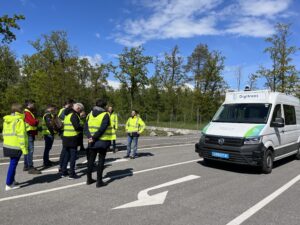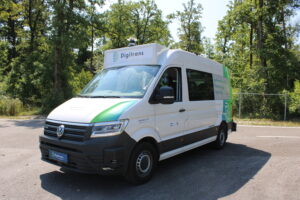Tests of driving assistance systems as part of a research project - Digitrans Test Center for Automated Driving
On August 9, application-based practical tests with driver assistance systems were carried out at the Digitrans Test Center in St. Valentin on behalf of AustriaTech in cooperation with Graz University of Technology and Factum as part of the research project “Road Safety and Automated Mobility M7174”.
The focus was on humans and their understanding of how to use the latest driver assistance systems. Test persons were invited to the tests in order to prove the driver assistance systems and their operation in real traffic situations on the proving ground in St. Valentin.
Human-machine interaction at the center of test scenarios on the Proving ground
At the Digitrans test center for automated driving on the proving ground in St. Valentin, around 20 test persons came together to test the operation, application and comprehensibility of the latest driving assistance systems. In a total of three test scenarios with different vehicle models, the human-machine interaction (HMI) in particular was analyzed from the user’s perspective in the context of road safety.
The goal was to find out how confidently and safely the new systems are actually used by the test participants and whether the functionalities and limitations of the systems are known to the drivers.
Test scenarios carried out on the proving ground in St. Valentin:
- Test scenarios for longitudinal guidanceAnalysis of the “Adaptive Cruise Control” and the “Intelligent Speed Assistant”. Carrying out stop & go traffic jam simulation and lane change maneuvers with automatic distance control on the test track.
- Test scenarios for traverse guidanceAnalysis of the use of the “Emergency Lane Keeping Assist” and the “Lane Centering Assist” during a test drive in a curve on the proving ground in St. Valentin
- Test scenarios for navigation systemsTest drives for the comprehensibility and use of various human-machine interfaces with navigation systems.
Slide show - Tests of driver assistance systems on the proving ground in St. Valentin
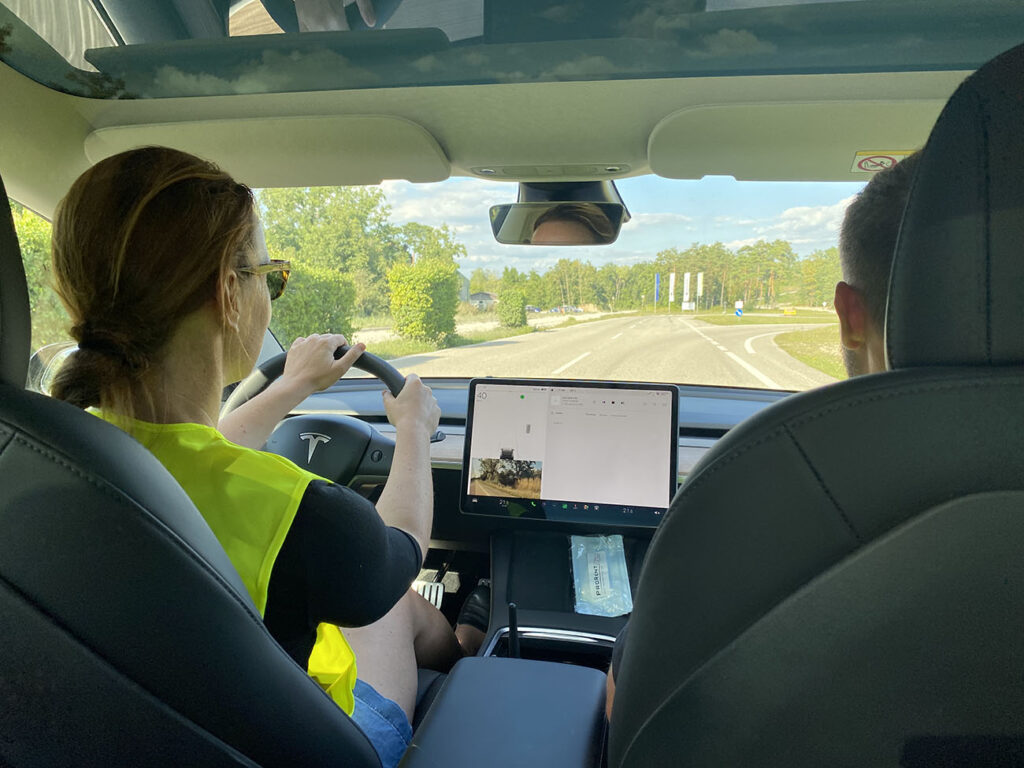
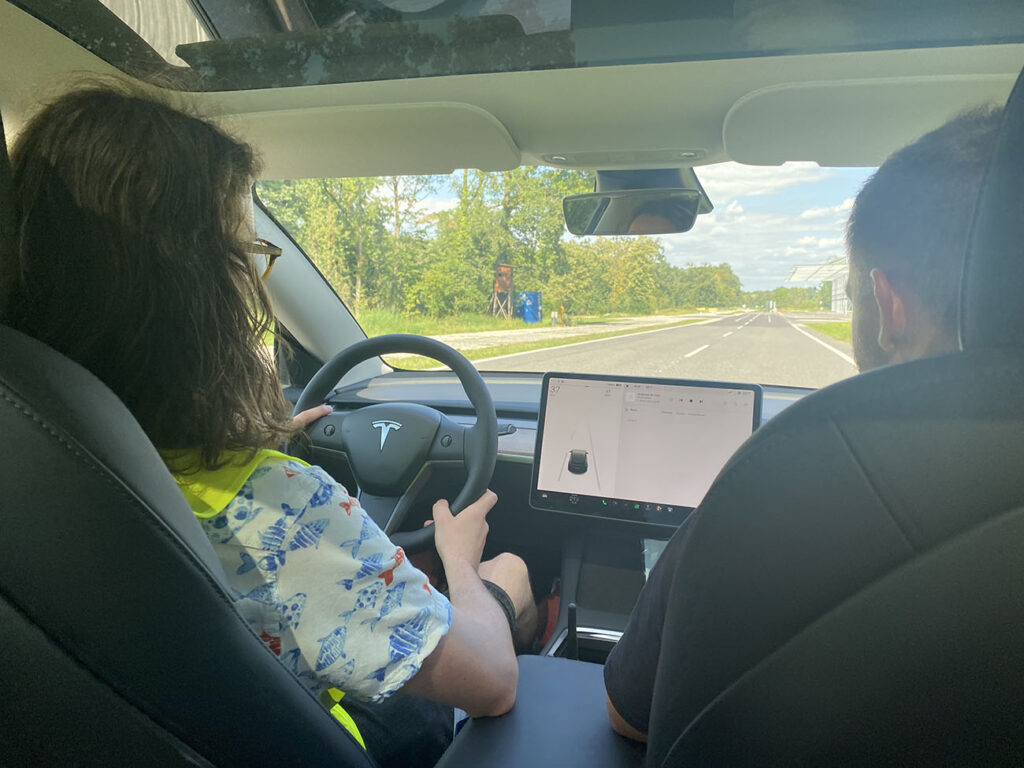
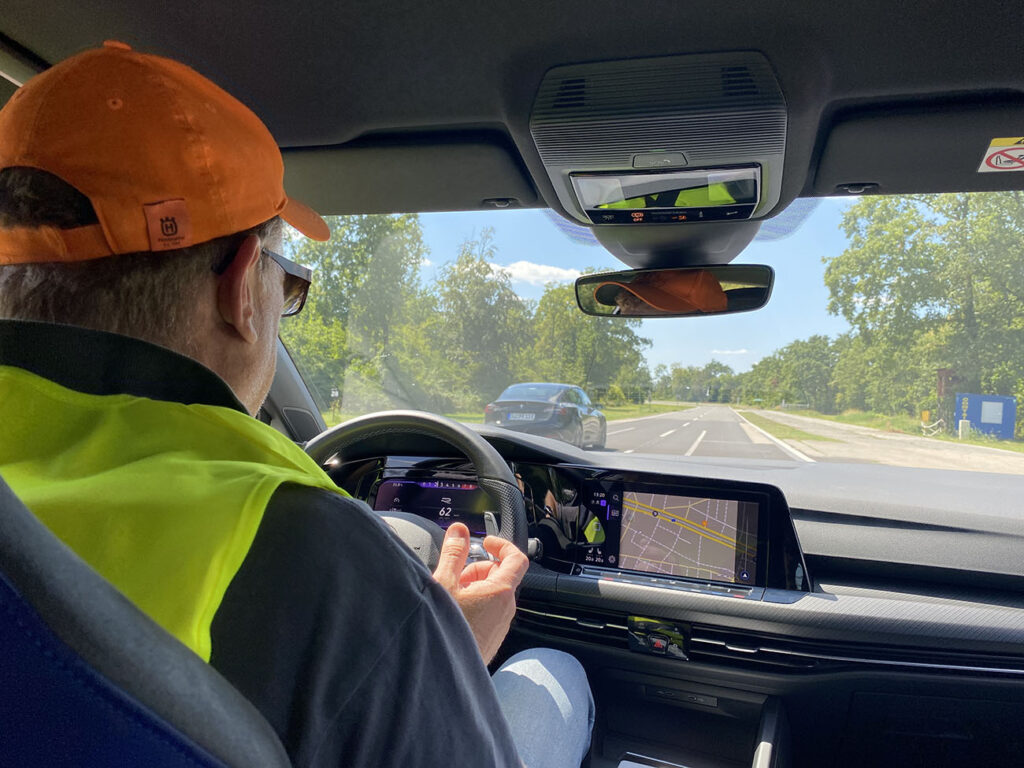
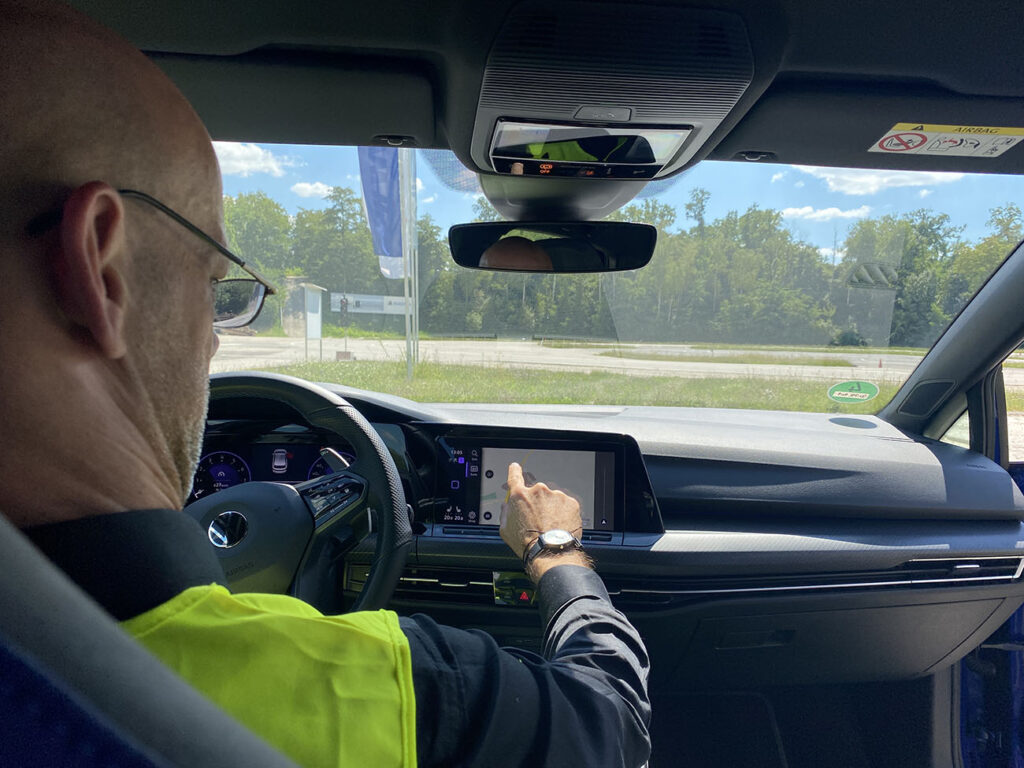
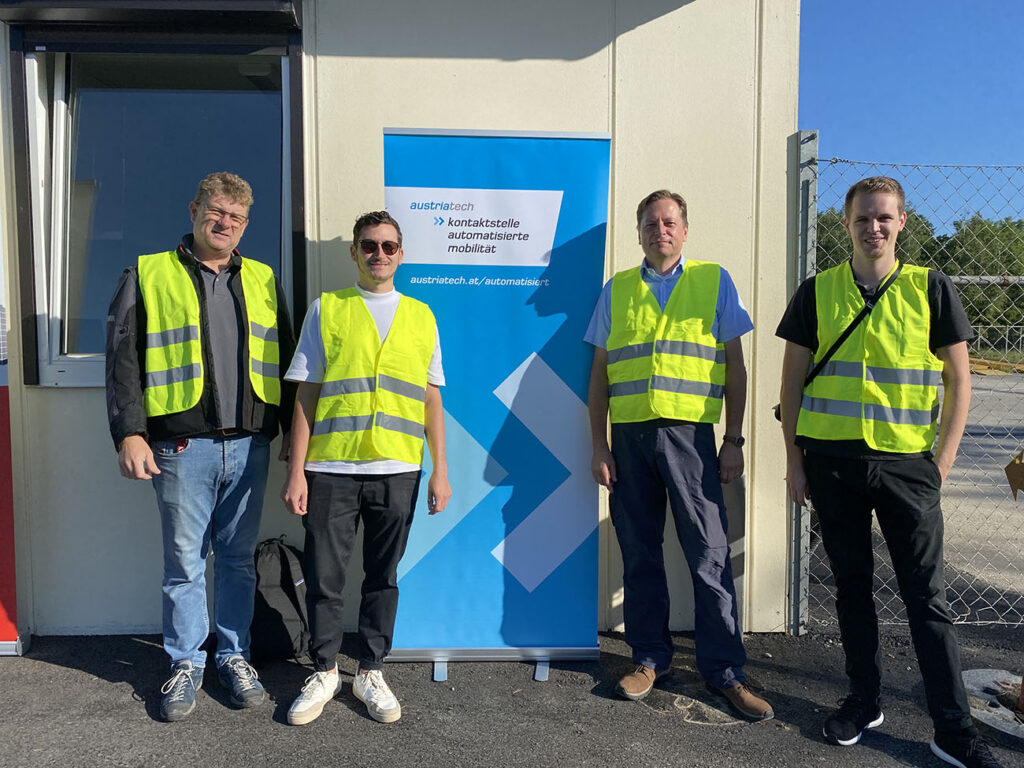
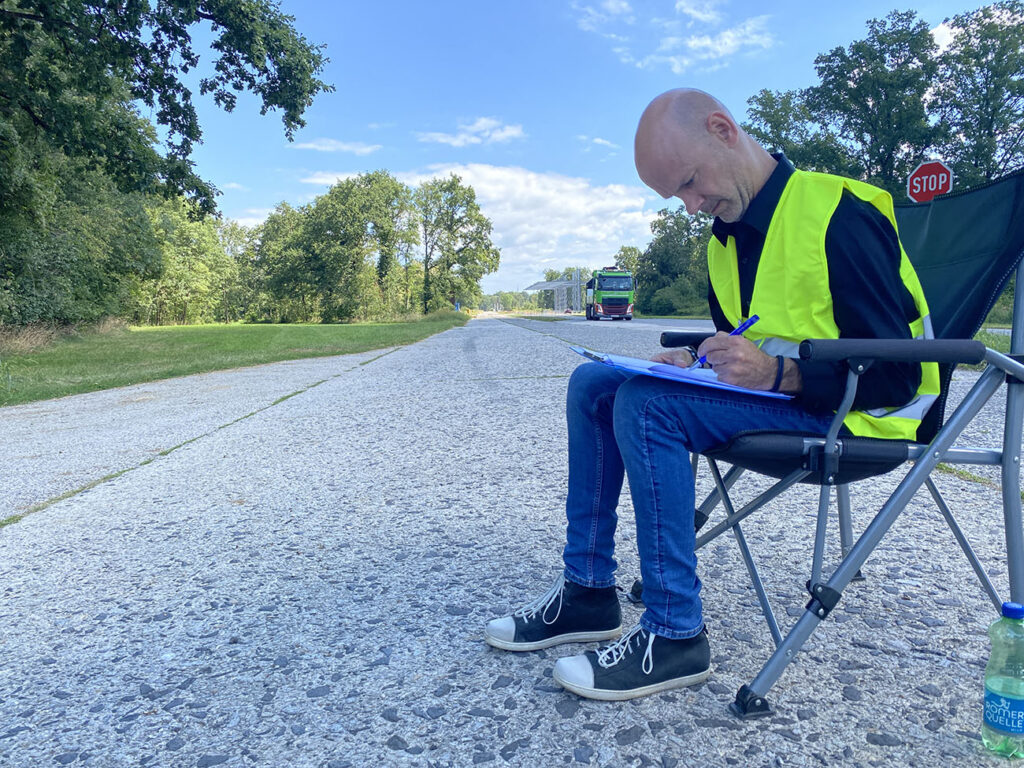
all pictures © AustriaTech
Driving assistance systems can make a significant contribution to road safety. However, they must not only be installed in vehicles, but must also be correctly and easily operated by the users. Only in this way can the full potential for improved road safety be exploited.
The tests already revealed a number of challenges in the interaction of the various driver assistance systems. More detailed findings are now being evaluated and published in the course of a project report. In the future, the results are to be increasingly taken into account in training, information and communication concepts.
Further information and links
You might also be interested in
Further Insights

Cooperation with Logistikum FHOÖ – Foundation for safe, automated and networked freight transport in Upper Austria
The “Logistikum” of the FHOÖ is conducting research together with Digitrans on various research projects to further develop automated and networked freight transport. Currently, the focus is on the development of a real test field for automated driving in Upper Austria.
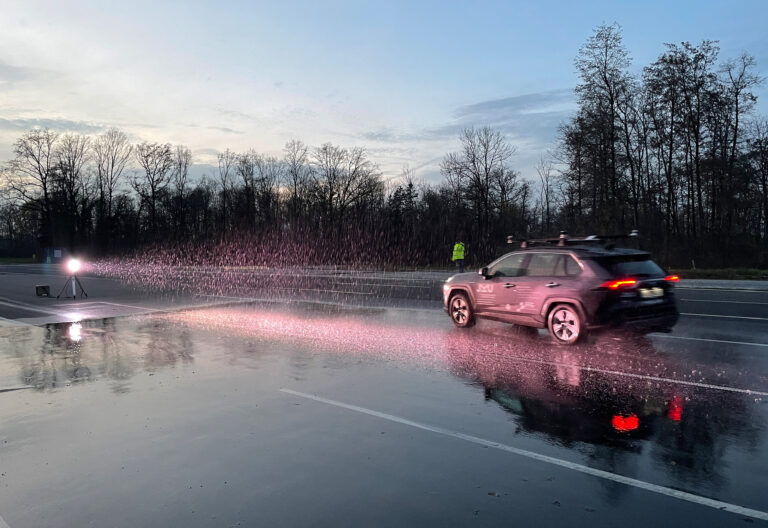
Automated driving in wet and rainy conditions – how well are lane markings detected?
Especially in the field of autonomous driving, it is important that the vehicle recognizes lane markings optimally. SWARCO Road Marking Systems, together with researchers from the Johannes Keppler University Linz, has tested the machine recognizability of lane markings under different conditions at the Digitrans test center in St. Valentin.
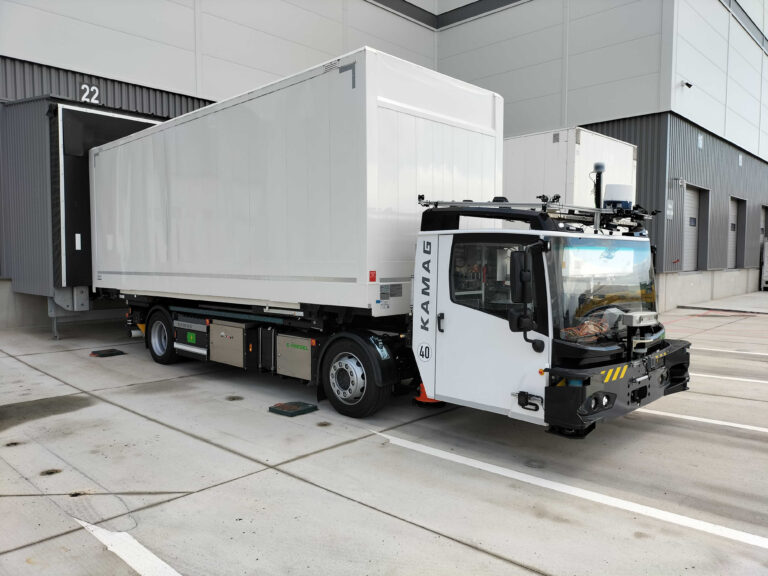
AWARD H2020 – Start of test operation for automated freight transport in Gunskirchen, Upper Austria
Start of the test phase in public transport in Gunskirchen. On the approximately 600m long route between the two companies BRP-Rotax and the freight forwarder DB Schenker Austria, an automated electric truck with test approval will be tested in real operation from June 12, 2023.


